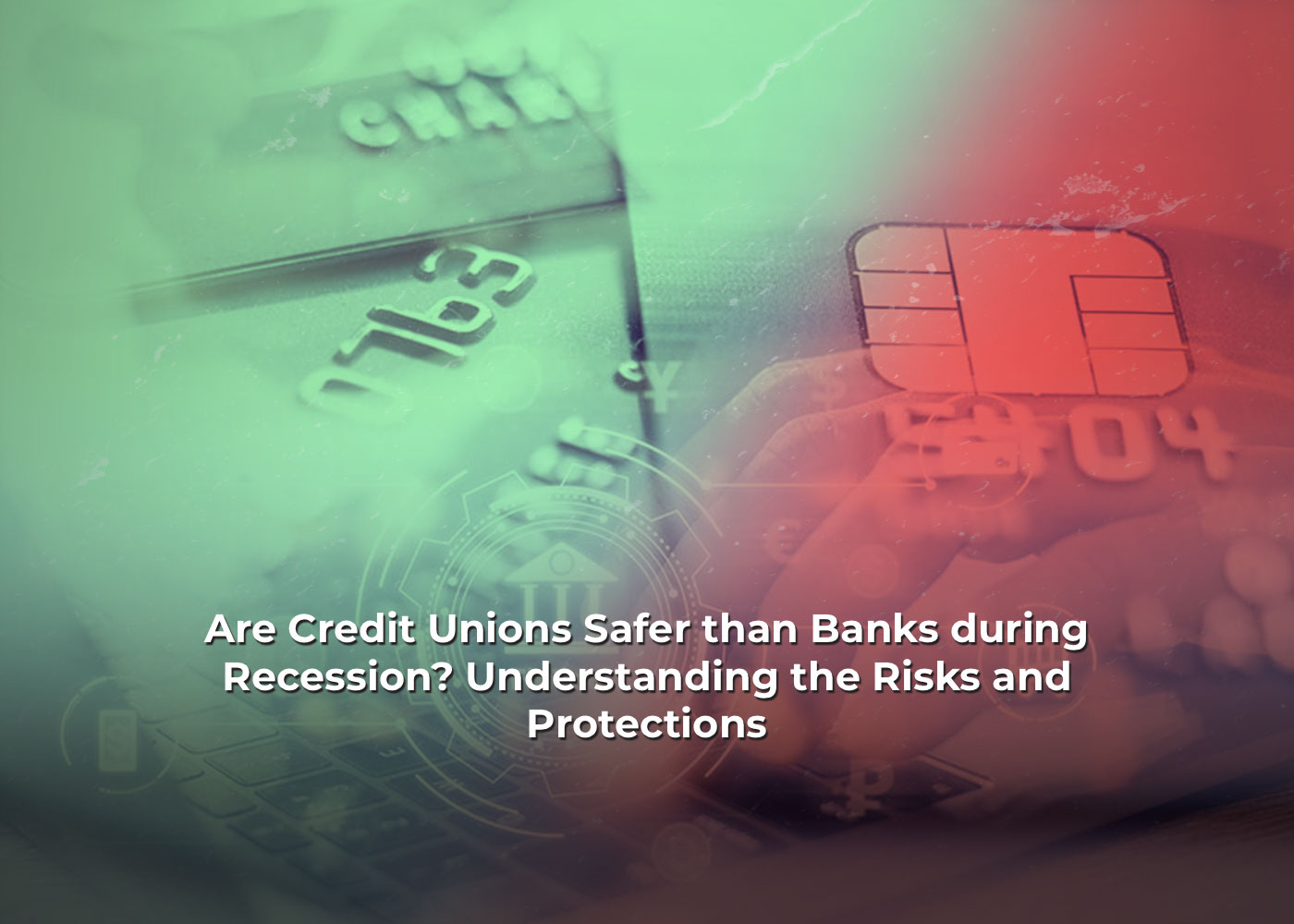Are Credit Unions Safer than Banks during Recession? Understanding the Risks and Protections
The recent banking crisis has left many people questioning the safety of their money in financial institutions . With the collapse of Silicon Valley Bank and the later loss of funds for many customers the stability of credit unions has come into focus . Many people question: Are credit unions safer than banks during recession? To answer it remember that it is important to understand the risks involved and the protections in place to ensure the safety of your funds . Let’s delve into it .

The recent banking crisis has left many people questioning the safety of their money in financial institutions . With the collapse of Silicon Valley Bank and the later loss of funds for many customers the stability of credit unions has come into focus . Many people question: Are credit unions safer than banks during recession? To answer it remember that it is important to understand the risks involved and the protections in place to ensure the safety of your funds . Let’s delve into it .
The Difference Between Credit Unions and SVB
One key difference between credit unions and SVB is in their customer base . SVB primarily served tech companies with account balances that exceeded the Federal Deposit Insurance Corporation (FDIC) cap of $250,000 . As a result most of the funds held by SVB were uninsured which led to financial turmoil when the bank experienced a run .
Credit unions on the other hand are member-owned and cater to individuals with deposits that are typically below the FDIC limit . While credit unions do not receive FDIC protection member funds are generally insured up to $250,000 by the National Credit Union Administration (NCUA) . This means that even if a credit union were to fail the average customer would likely still be financially stable .
Understanding Credit Union Insurance
The NCUA provides insurance for credit union deposits which is similar to the FDIC’s role for banks . This coverage ensures that individual accounts are protected up to $250,000 . It is important to note that this insurance is offered by all federal credit unions and most state credit unions .

A former executive director at the NCUA Marc Treichel highlights the difference in uninsured assets between banks and credit unions . On average banks have 36% uninsured assets while credit unions only have 9% uninsured assets . The failed banks like Silicon Valley Bank had a much higher percentage of uninsured assets with SVB facing a 90% uninsured risk .
Mitigating Risks and Ensuring Stability
While credit unions offer insurance and a generally lower level of uninsured assets it’s highly important for individuals to be aware of their own financial situation and the risks that are involved . Keeping deposits within the insured limits can provide an added layer of security .
Also credit unions typically have a strong focus on their members’ financial well-being and stability . They often prioritize responsible lending practices and conservative risk management strategies which can contribute to the overall stability of the institution .
Final Thoughts
It is important for individuals to lead their own research and perform due diligence when choosing a credit union . Understanding the financial health of the institution, reviewing their track record and assessing their risk management practices can help tone down potential risks .
While credit unions can still face challenges and failures the combination of NCUA insurance and responsible financial practices can provide a level of confidence for depositors .




